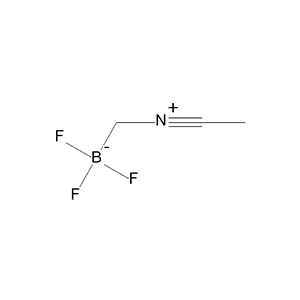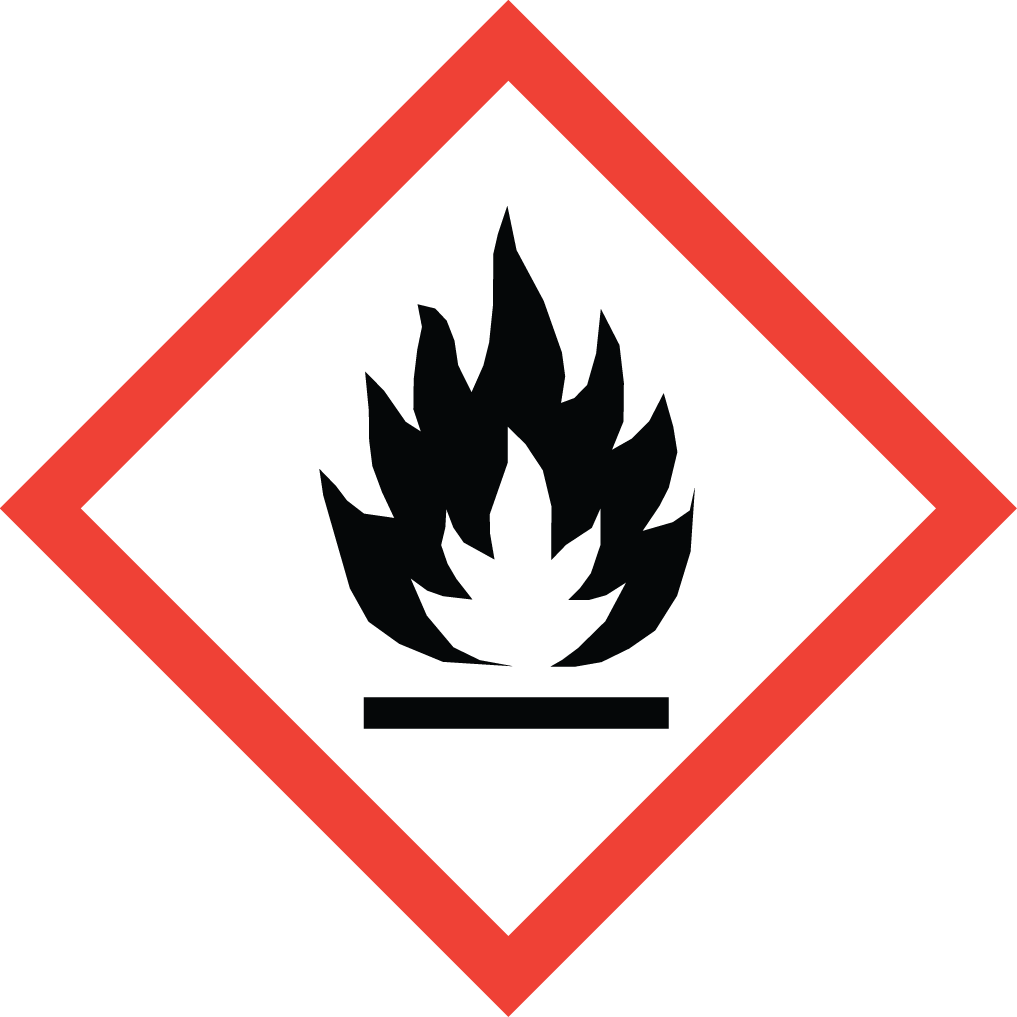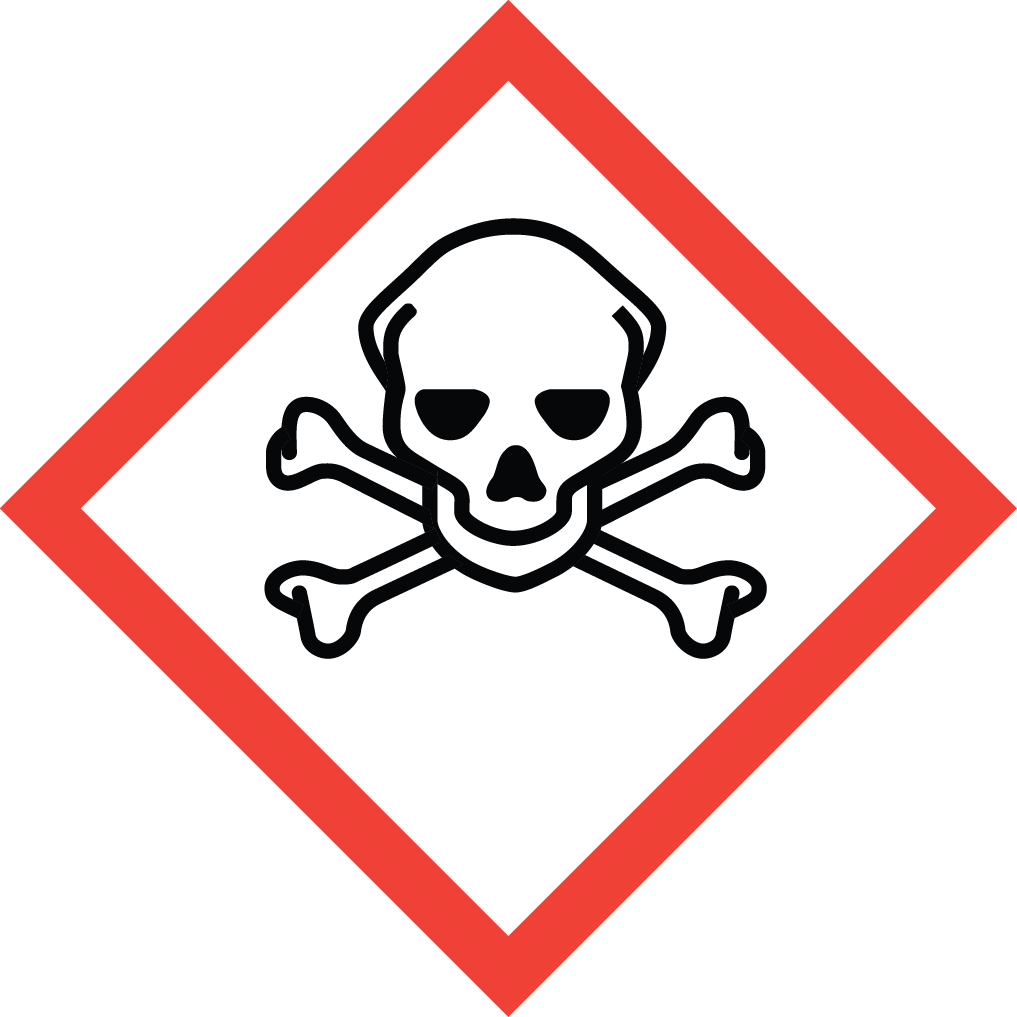Explore Top-Quality Boron Trifluoride Acetonitrile Complex with Aure Chemical
Aure Chemical is a leading supplier of Boron Trifluoride Acetonitrile Complex, a highly versatile and potent Lewis acid catalyst. This clear to light yellow liquid serves as an excellent, stable, and easily handled form of Boron Trifluoride, enabling a wide range of advanced chemical transformations. We are committed to providing high-purity Boron Trifluoride Acetonitrile Complex, ensuring superior performance and reliability for your most demanding catalytic and synthetic applications across various industries.
Basic Information of Boron Trifluoride Acetonitrile Complex
Boron Trifluoride Acetonitrile Complex (CAS No. 420-16-6) is a critical reagent characterized by the following properties:
| CAS No.: | 420-16-6 |
|---|
| EC No.: | 690-796-1 |
|---|
| Linear Formula: | C₂H₃BF₃N |
|---|
| Molecular Weight: | 108.86 |
|---|
| Appearance: | Colorless to light yellow transparent liquid |
|---|
| Boiling point: | 82-85.5 °C (at 101.325 kPa) |
|---|
| Density: | 0.87-0.88 g/mL at 20 °C |
|---|
| Solubility | Easily soluble in water (reacts), miscible with many organic solvents like alcohol and ether. |
|---|
| Flash Point: | 10 °C |
|---|
| Nature: | Potent Lewis acid catalyst. |
|---|
| RIDADR: | UN 2924 3/PG 2 |
|---|
| Chemical Structure: |  |
|---|
These characteristics make it a preferred choice for reactions requiring the strong catalytic power of BF₃ in a more manageable liquid form.
Key Applications of Boron Trifluoride Acetonitrile Complex
The unique catalytic activity and stable handling properties of Aure Chemical's Boron Trifluoride Acetonitrile Complex enable its widespread use in numerous advanced applications:
Specialized Catalyst for Organic Synthesis: Boron trifluoride acetonitrile complex is widely used as a potent Lewis acid catalyst in various organic reactions. Its applications include the precise synthesis of complex molecules and intermediates, especially within the pharmaceutical industry for compounds such as antibiotics.
Versatile Catalysis & Convenient BF₃ Source: Primarily employed as a highly effective catalyst for a broad spectrum of organic reactions like esterification, alkylation, polymerization, and isomerization. Furthermore, this complex serves as a stable and convenient source of Boron Trifluoride (BF₃), which is itself a crucial raw material for the industrial preparation of other boron compounds, including boron halides, elemental boron, boranes, and sodium borohydride.
Epoxy Curing & Advanced Chemical Processes: This complex can function as an efficient curing agent or accelerator for epoxy resins. The Boron Trifluoride component it provides is also relevant in specialized applications such as the production of hydrogen-based high-energy fuels (derived from boranes) and in processes for the extraction of boron isotopes.
Why Choose Aure Chemical for Your Boron Trifluoride Acetonitrile Complex Supply?
Aure Chemical is dedicated to being your reliable partner for high-quality chemical solutions. When you choose us for your Boron Trifluoride Acetonitrile Complex requirements, you benefit from:
Assured Purity: Our product undergoes rigorous testing to ensure high purity and consistent catalytic performance, critical for sensitive chemical reactions.
Reliable Supply Chain: We maintain a robust and efficient global supply chain to ensure timely and secure delivery, supporting your continuous production and research needs.
Technical Expertise: Our knowledgeable team is always available to provide comprehensive support and answer any technical questions you may have regarding product application, handling, and safety.
Commitment to Safety & Quality: We adhere to strict safety, environmental, and quality control protocols in all our operations, ensuring responsible sourcing, production, and delivery.
Partner with Aure Chemical for a seamless and dependable supply of Boron Trifluoride Acetonitrile Complex. We are ready to assist you in finding the perfect solution for your specific application requirements.
Hazards Classification
GHS Classification: Flammable Liquid (GHS02), Acute Toxicity (GHS06 / GHS07), Skin Corrosion / Serious Eye Damage (GHS05)
Hazard Statements: Highly flammable liquid and vapor (H225); harmful if swallowed and in contact with skin (H302 + H312); causes severe skin burns and eye damage (H314); toxic if inhaled (H331).
UN Number: UN 2924
Hazard Class: 3 (Flammable Liquids)
Packing Group: II
 GHS02: Flammable
GHS02: Flammable GHS05: Corrosive (skin corrosion / eye damage)
GHS05: Corrosive (skin corrosion / eye damage) GHS06: Acute toxicity (toxic if inhaled)
GHS06: Acute toxicity (toxic if inhaled) GHS07: Acute toxicity / Irritant (harmful if swallowed or in contact with skin)
GHS07: Acute toxicity / Irritant (harmful if swallowed or in contact with skin)
